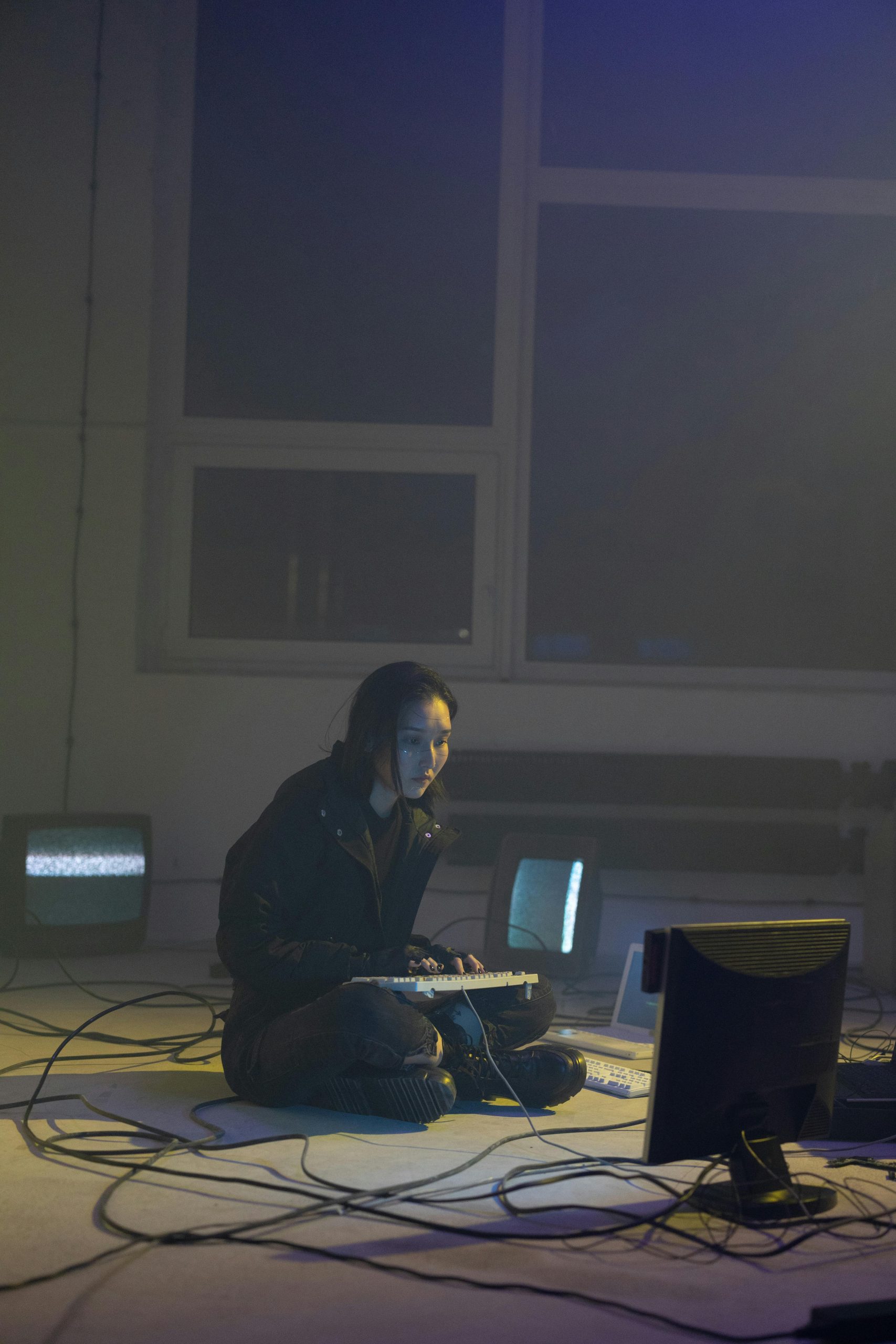Understanding and Resolving Auto Dimming on Your Sceptre E248W-19203R Monitor
If you’ve recently experienced your Sceptre E248W-19203R monitor automatically dimming during dark scenes or periods of low brightness, you’re not alone. While this feature may be intended to enhance viewing comfort or conserve energy, it can sometimes become disruptive, especially during gaming or immersive media experiences. In this article, we’ll explore potential causes and practical solutions to troubleshoot and resolve this issue effectively.
Common Causes of Auto Dimming
Auto-dimming behaviors on monitors can stem from various sources, including:
- Built-in adaptive brightness or ambient light sensors
- Monitor-specific settings or modes
- Graphics card or driver configurations
- Software or application-specific adjustments
Initially, users might find such dimming intrusive, particularly during gaming or watching darker scenes.
Troubleshooting Strategies for Your Sceptre Monitor
- Check Monitor On-Screen Display (OSD) Settings
Begin by examining your monitor’s built-in menu:
- Access the OSD menu using the physical buttons on your monitor.
- Look for any settings related to “Dynamic Contrast,” “Eco Mode,” “Ambient Light Adjustment,” or similar features.
-
Disable any automatic brightness, eco-friendly modes, or adaptive contrast settings to see if this alleviates the problem.
-
Adjust Windows Display Settings
Windows offers various display configurations that might influence brightness behavior:
- Navigate to Settings > System > Display.
- Use the “Brightness and Color” section to manually adjust the brightness slider.
-
Turn off “Change brightness automatically when lighting changes” under Additional display settings if available.
-
Update Graphics Card Drivers
Outdated or misconfigured graphics drivers can cause unexpected display behaviors:
- For AMD graphics cards, open the AMD Radeon Software.
- Navigate to the Display settings.
- Manually increase the brightness or disable any adaptive brightness features.
-
Ensure your drivers are up to date by visiting AMD’s official website and downloading the latest drivers.
-
Use Third-party Software for Brightness Control
If your monitor or graphics card settings are insufficient, consider using third-party tools:
- Applications like f.lux, DisplayFusion, or proprietary software can provide more granular control over brightness and contrast.
-
For example, increasing the in-game or overall application brightness may prevent automatic dimming during dark scenes.
-
Experiment with In-Game Settings
Many games offer their own brightness and contrast options:
- Adjust these settings within the game to match your
Share this content:

